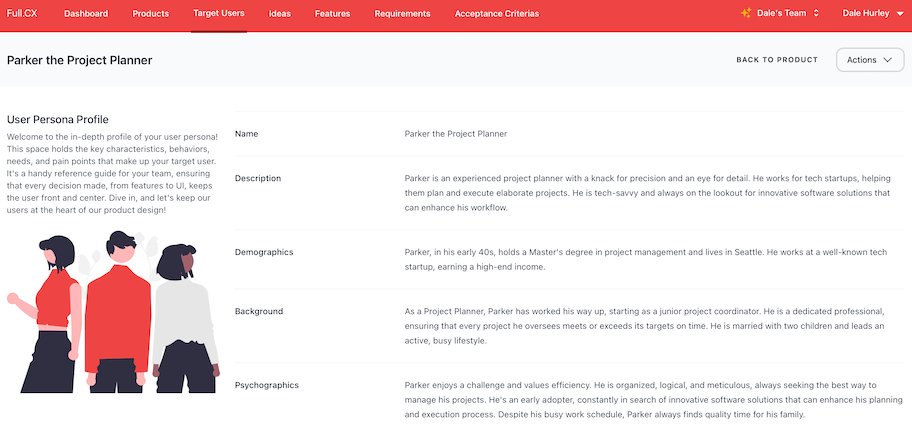In the dynamic landscape of project management, fostering an environment where innovation thrives is crucial. The key to unlocking this potential often lies in designing intuitive workflows that not only streamline processes but also inspire creative thinking and effective collaboration. Through the implementation of intuitive workflows, teams can better manage their innovative projects, ensuring a smoother transition from conceptualization to execution.
To begin with, understanding the anatomy of an intuitive workflow is essential. It incorporates clear milestones, defined roles, and easily accessible communication channels, creating a framework that is both flexible and structured. By establishing a workflow that anticipates and adapts to the needs of the project and its team members, organizations can mitigate common challenges such as scope creep, missed deadlines, and communication breakdowns.
One effective strategy is the adoption of agile methodologies. Agile frameworks, like Scrum or Kanban, prioritize iterative progress through short sprints and regular reassessments of project goals and outcomes. This approach allows teams to adapt quickly to changes and incorporate feedback in real-time, fostering a culture of continuous improvement and responsiveness. Moreover, these methodologies encourage active team involvement in decision-making processes, which enhances engagement and accountability.
Additionally, leveraging modern project management tools can transform theoretical workflow structures into practical applications. Tools like Asana, Trello, and Monday.com provide platforms that facilitate the visual mapping of tasks, integration of new information, and tracking of progress against deadlines. By utilizing technology, teams can maintain a clear overview of a project’s status, resource allocation, and priorities, all of which contribute to a more intuitive and manageable workflow.
It's also important to consider the human element of workflow design. Tailoring processes to fit the specific strengths and skills of team members not only improves productivity but also boosts morale. Regular training sessions and workshops can help team members become acquainted with new tools and techniques, ensuring that the workflow remains intuitive across all levels of expertise.
By fostering an environment where intuitive workflows are the norm, organizations set the stage for innovative projects to flourish. These workflows accommodate change, encourage active participation, and streamline the path from idea to execution. As teams grow increasingly comfortable within this adaptable framework, they are likely to find that their capacity for innovation expands as well, leading to breakthroughs that could redefine their fields.
In conclusion, creating intuitive workflows is not about enforcing rigid procedures, but about constructing a flexible, transparent, and inclusive framework that promotes efficiency and innovation. As companies continue to face complex challenges and rapid technological changes, the ability to adapt swiftly and innovate continuously is more critical than ever. Thus, intuitive workflows are not just beneficial; they are essential for survival and growth in today's fast-paced, ever-evolving world.
Empowering Your Product
Team for Success.
Start using Full.CX today.
Smart tools to streamline your transition from concept to concrete specifications.
